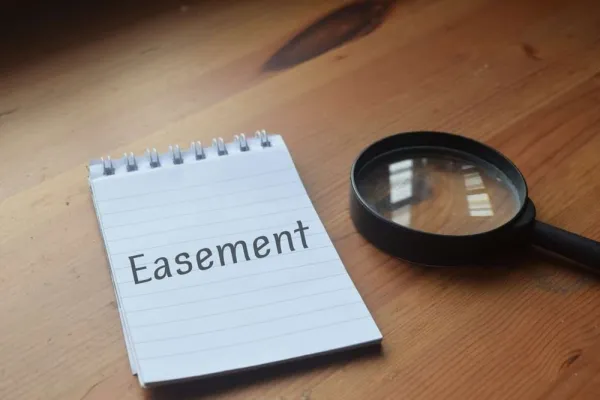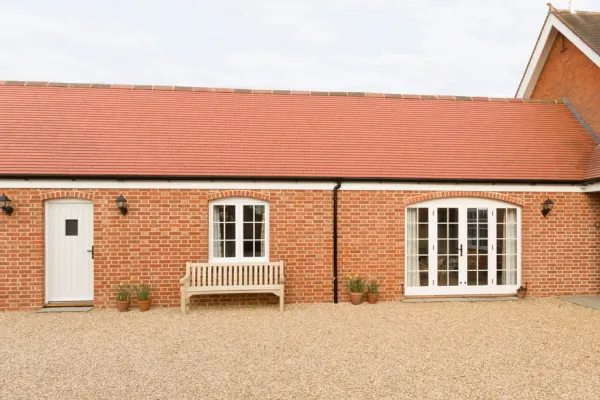You need to look out for many things when viewing a home.
Although you may first be attracted to a house because of its aesthetic merits, there are other things to consider.
There may be things that estate agents are hiding…
Our article below provides a comprehensive list of what to look out for when viewing a home.
1. Space (& types of space)
Square footage
Square footage is an important detail of any property, because it tells you how much space there is in the house.
If you are planning on raising a family in the home, for example, you may want a lot of square footage to accommodate any growth in family members.
Room sizes
Keep in mind that just because a house has reasonable square footage doesn’t necessarily mean that all of the space is ‘useable’.
There may be recesses in some of the rooms that are not large enough to move around in or store meaningful belongings.
‘Useless’ space
If you have a conservatory that is not insulated, then it may be too cold to use in the winter months, too.
Similarly, if the house has a garage contributing significantly to the square footage, you should be conscious of this, too.
Storage space
Consider the amount of storage space you require and see whether the property meets your needs.
If you are upsizing, then you should have enough room to store everything. Downsizing is much trickier.
One of the best ways to increase a home’s storage space is to utilise the height and width of the rooms.
After all, keeping boxes on top of cabinets or cupboards or underneath the stairs can keep them conveniently tucked away but still accessible.
2. Damp and mould
Damp and mould are two unfortunately common characteristics of properties in the UK.
When moisture builds up, and there is lack of air circulation, these two things can start to appear.
But with homeowners often covering this up during house viewings, how can you look out for them?
How to spot signs of damp and mould
Firstly, mould tends to have a ‘musty’ odour. You may be able to smell this in areas that don’t get much airflow, such as wardrobes.
You should also check whether the house’s exterior is hidden from the sun at any points – e.g. by trees. This will make mould on that side of the property particularly likely.
Look out for discoloured spots on the walls or ceilings. Most people think these signs will always be black, but that isn’t necessarily the case – they could also be green or brown.
Damp is commonly indicated by peeling wallpaper or blistering paint.
3. Natural lighting
Natural lighting is usually a priority whenever someone is constructing their own home today.
However, with properties that are several decades old – or more – you are less likely to see this as a core feature of the house.
Natural lighting can truly transform a property in the summertime. But in the winter, watch for any natural lighting opportunities and consider what effect this might have in the brighter months.
Natural lighting can also help reduce electricity bills.
4. Electricity and plumbing
Even if a property’s exterior looks attractive, it could still be hiding serious issues. These often involve electricity and plumbing.
Old or faulty wiring can be dangerous and expensive to repair. And plumbing issues can cause further inconvenience or property damage.
Some smart questions ask include:
- How long do you need to wait for hot water to come through?
- Do you have any electrical certificates relating to the house?
- What’s the water pressure from the taps like?
- Are there any ongoing drips from some of the showerheads?
- How old are the electrics, plumbing and heating systems?
- Are the oven and hob powered by gas or electric?
The answers to these questions will impact your monthly outgoings and living conditions.
5. Structural issues
Structural issues are undoubtedly the most important part of any property. Some common examples to look out for include:
- Cracks in the bricks
- Sinking roof
- Gaps in the window and door frames
- Crumbling concrete
- Dry mud tubes on the foundation
Find out whether the house has any history of structural issues and also get details about the property’s method of construction.
6. Fixtures and fittings
It is extremely useful to know which fixtures and fittings you will inherit and which the current owners will remove. This covers:
- Curtains
- Wardrobe space
- Furniture
- Appliances
- Mirrors
And more.
You should clarify this subject before you submit your offer. After all, if a large wardrobe (which costs several thousands) is included in the sale, you should factor this into your offer.
Similarly, you could negotiate which fixtures and fittings are/aren’t included. Then, you can alter your price offer accordingly.
7. The local area
Your estate agent should be able to give you a clear overview of the local area.
However, you should research and explore it, too. There is a lot to lookup up, including:
- Schools
- Transport
- Crime levels
- Amenities
- Employment levels
- Housing market
In a more literal sense, the road you live on will also be important. If the neighbours are friendly and there is a strong sense of community, then this may make your experience more enjoyable.
On the other hand, if there are ongoing neighbourly disputes, new road/housing developments are coming to the area, or tourists regularly travel through, then this may impact the area’s ‘community spirit’.
















